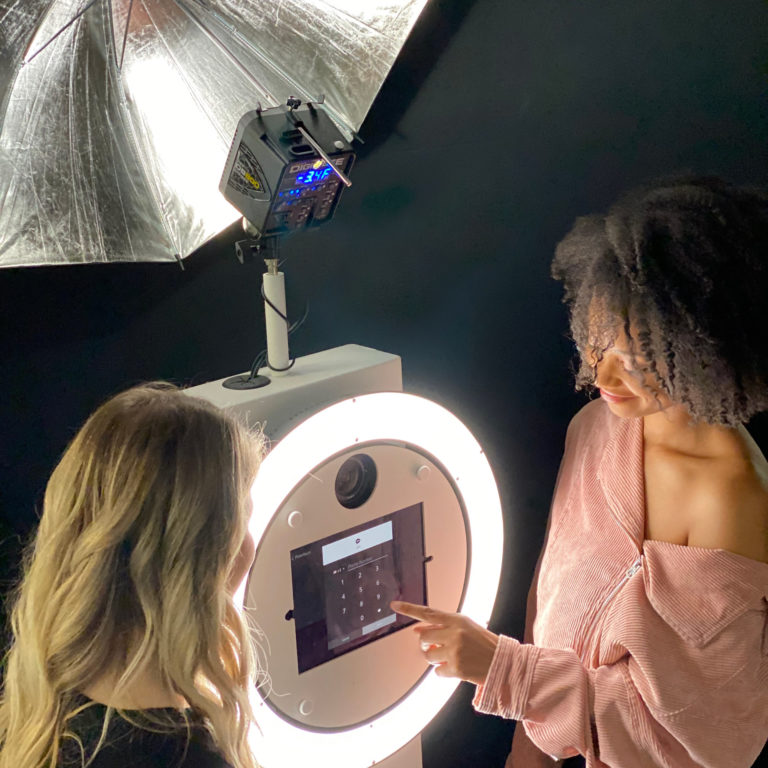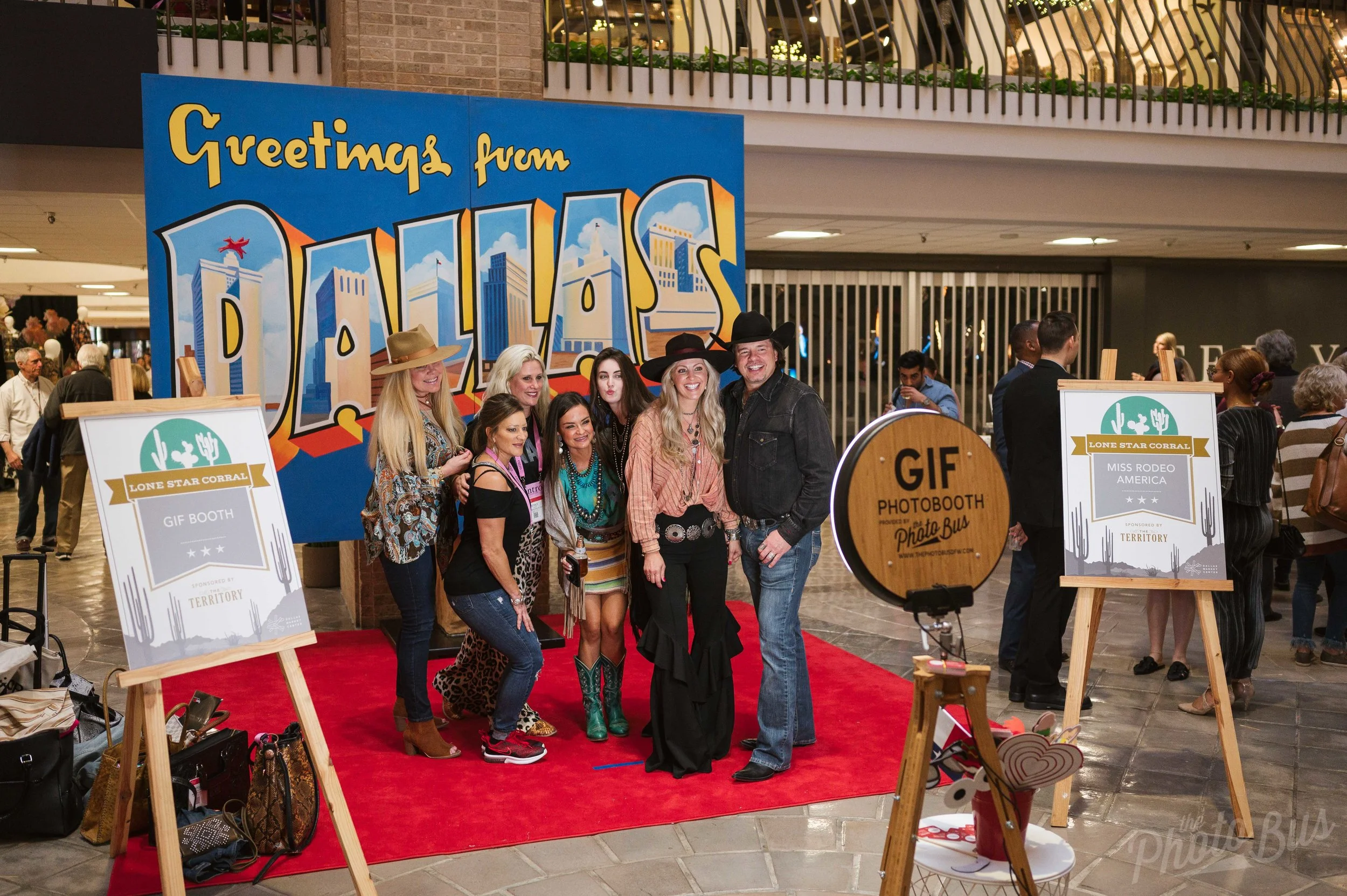

Other features include cutting out the original background and replacing it with a different background.

The touch screen then displays a vast array of options such as virtual stamps, pictures, clip art, colorful backdrops, borders, and pens that can be superimposed on the photographs.įeatures that can be found in some sticker machines are customizing the beauty of the customers such as brightening the pictures, making the eyes sparkle more, changing the hair, bringing a more reddish color to the lips, and fixing any blemishes by having them blurred. Once the pictures have been taken, the customers select the pictures that they wish to keep and customize them using a touch screen or pen-sensitive screen. Some establishments even offer costumes and wigs for customers to borrow. Some common options include the ability to alter lighting and backdrops while the newest versions offer features such as cameras from a variety of angles, fans, seats, and blue screen effects. OperationĪfter money has been inserted in the machine, multiple customers can enter the booth and pose for a set number of exposures. On March 27, 1927, Josepho was paid $1 million and guaranteed future royalties for his invention. The Photomaton Company was created to place booths nationwide. In the first six months after the booth was erected, it was used by 280,000 people. For 25 cents, the booth took, developed and printed 8 photos, a process taking roughly 10 minutes. from Russia in 1923, with the first photo booth appearing 1925 on Broadway in New York City. The modern concept of photo booth with (later) a curtain originated with Anatol Josepho (previously Josephewitz), who had arrived in the U.S. The first photographic automate with negative and positive process was invented by Carl Sasse (1896) of Germany. All of these early machines produced ferrotypes. The first commercially successful automatic photographic apparatus was the "Bosco" from inventor Conrad Bernitt of Hamburg (patented July 16, 1890). These early machines were not reliable enough to be self-sufficient. The German-born photographer Mathew Steffens from Chicago filed a patent for such a machine in May 1889. It was shown at the 1889 World's Fair in Paris. The first known really working photographic machine was a product of the French inventor T. Please let us know if you're having issues with commenting.The patent for the first automated photography machine was filed in 1888 by William Pope and Edward Poole of Baltimore. Immigration London / Europe Europe Migrant Crisis Greece human traffickers People smugglers Turkey The most frequently used routes for clandestine entries into Greece are the short but dangerous sea crossing from the Turkish coast to nearby Greek islands, or crossing the heavily guarded land border between Greece and Turkey. Greece lies along one of the most popular routes into the European Union for people fleeing poverty and conflict in Asia, the Middle East and Africa. Their nationalities were not immediately known, authorities said. The seven people killed in the crash included one woman. They have been transported to hospitals in the northeastern Greek towns of Xanthi and Komotini. The injured were four men from Pakistan, one from Afghanistan and two from Nepal, as well as the 35-year-old Moldovan driver, who police consider was acting as a smuggler.
Social booth favorite photo driver#
The vehicle had been traveling at high speed and the driver lost control as he tried to exit the highway, hitting a toll booth and crashing into a nearby storage container, police said. Police said Friday the vehicle carrying 15 people had been traveling on a highway from the area of Greece´s northeastern border with Turkey toward the north´s main city of Thessaloniki when it crashed just after midnight.


 0 kommentar(er)
0 kommentar(er)
